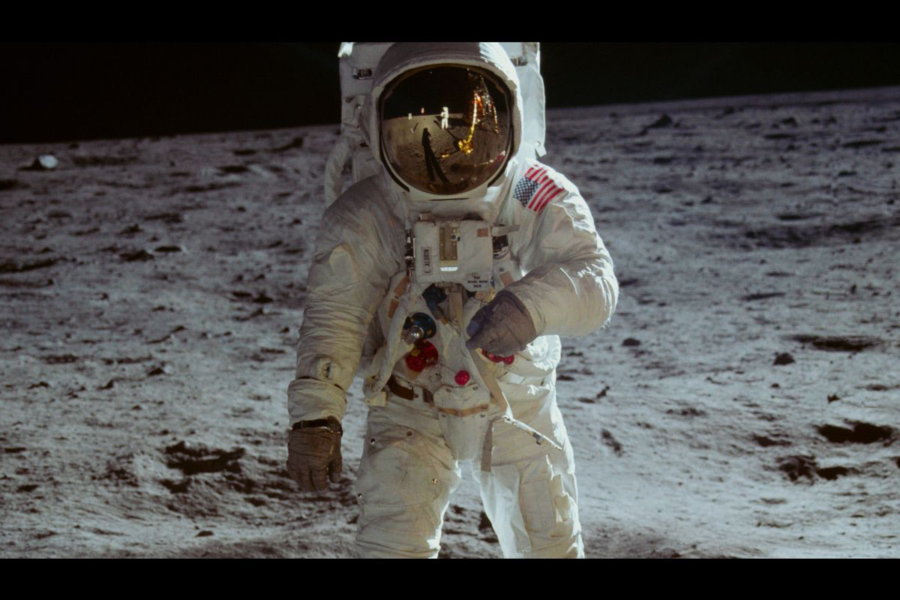“The Eagle has Landed”: Remembering Apollo 11
Picture Source: Vox.com
This July marked the 50th anniversary of the first landing on the moon. On July 20th, 1969, Niel Armstrong and Buzz Aldrin were the first humans to land on another celestial body. Armstrong’s unforgettable words, “That’s one small step for man, one giant leap for mankind” perfectly embodies the feat NASA’s Apollo Program left in history.
While we watched on our flat-screen televisions the Apollo 11 specials this July, 50 years ago, our grandparents and parents awed at their black and white TV sets, watching Neil Armstrong take his first step off the lunar module and onto the moon’s desolate surface.
NASA’s Apollo Program became the emblem of engineering excellence and spirit of the United States. In his Rice Stadium Moon Speech on September 12th, 1962, Former President John F. Kennedy painted a picture of opportunity in the minds of the American people. What came in the seven years to follow was a series of trial and error, intensive training, and mathematical and engineering obstacles. Despite the adversities, NASA and its vast framework of scientists, mathematicians, engineers, physicists, and astronauts and their families, were the ones to conquer failure and give rise to success.
On July 16, 1969, the day had come, the launch of Apollo 11 at the Kennedy Space Center. Early that morning, the mission’s crew, Niel Armstrong, Buzz Aldrin, and Michael Collins, ate, suited up, and were brought to the launch pad. While the crews prepared the 6.2 million pound Saturn V rocket, spectators from around the country and the world set-up their cameras and picnics on the outskirts of Launch Complex 39A. At 9:32 a.m. EDT, Apollo 11 began its ascent into Earth’s orbit and for the four-day journey to come to reach the moon.
On the fourth day, July 20th, and with mission control on the radio, Michael Collins commanding Columbia, and Armstrong and Aldrin focuses on the Sea of Tranquility, the world waited, prayed, and stood as one as the lunar module made its descent. At 4:17 p.m. EDT, the call “Houston, Tranquility Base here. The Eagle has landed” sounds the bell of success. Hours later, the lunar module crew finally begins to take their steps off the latter and onto the moon’s surface, starting with Armstrong and following with Aldrin. The crew was welcomed by the silence of space and the moon’s “magnificent desolation.” These men came in peace and what they saw from the surface of the moon was Earth’s gentle sphere glowing from the dark depths of space 238,900 miles away. One hour and 33 minutes later and after the planting of the U.S. flag, surface samples, and many photographs, Armstrong and Aldrin would make their farewells to the moon and return to Collins and Columbia.
On July 24, 1969, Apollo 11 was welcomed home. A future of space missions was on the horizon. The crew’s “small step” became a world accomplice that truly brought “peace and hope for all mankind.”
Citations:
Dunbar, Brian. “July 20, 1969: One Giant Leap For Mankind.” NASA, NASA, 19 Feb. 2015, https://www.nasa.gov/mission_pages/apollo/apollo11.html.
“John F. Kennedy Moon Speech – Rice Stadium.” NASA, NASA, https://er.jsc.nasa.gov/seh/ricetalk.htm.
“Apollo 11 (AS-506).” Apollo 11 (AS-506) | National Air and Space Museum, https://airandspace.si.edu/explore-and-learn/topics/apollo/apollo-program/landing-missions/apollo11.cfm.










